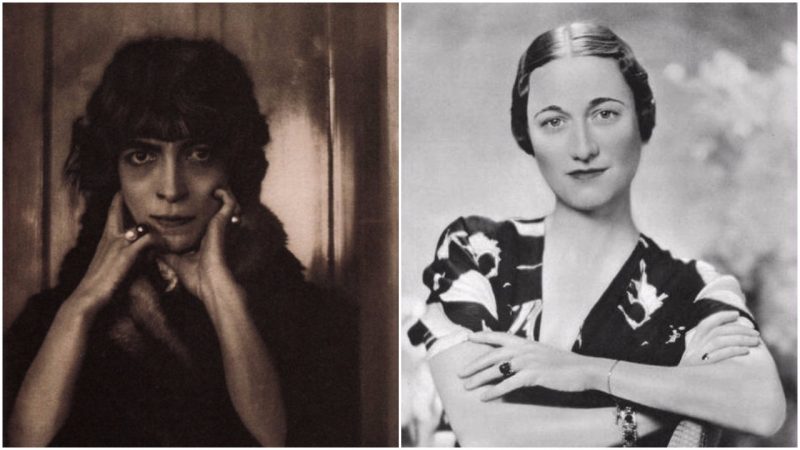From the first Queen of England to the one and only Queen of Pinups, there are women who have inspired kings to abdicate from the throne while others play the part of a femme fatale, seducing famous artists by posing nude for their paintings.
Others enchanted the hearts of everyone around them, bringing about changes in social norms and traditions. Regardless of their exact role in society, these women were shameless in what they did and their behavior eventually changed the world around them. Don’t be surprised if some of them had a lesbian affair, was an atheist or took a horseback ride naked.
Bettie Page
Imagine the world without Madonna’s enchantment with bondage gear or her provocative book entitled “Sex”. Then, imagine the world without Rihanna’s obsession with all things leather or the iconic picture of Uma Thurman in Pulp Fiction. That’s just a tiny portion of what the world would not have if it wasn’t for Bettie Page, the so-called “Queen of Pinups”

An American pin-up model from the 1950’s, Bettie Page became one of the earliest ‘Playmates of the Month’ for Playboy magazine in January 1955. Playboy founder Hugh Hefner stated the following to the Associated Press in 2008: “I think that she was a remarkable lady, an iconic figure in pop culture who influenced sexuality, taste in fashion, someone who had a tremendous impact on our society.”
Page became famous for her fetish and sadomasochistic modeling, and by many was considered to be the first famous bondage model. She eventually left the scene, but in the 1970s a cult following started to develop around her iconic images. Eric Santon, Robert Blue, and Olivia De Berardinis are the names of the first artists who started to paint Bettie’s images. This culminated by the 1980s, although Page remained unaware about all of it for quite some time.
The renewed attention helped Page gain a status as an erotica icon of 1950s. She was also featured in the 1990s edition of the popular Book of Lists, as a once-famous celebrity who had apparently vanished from the public eye. During her absence, Page’s life was not exactly a lot of fun when compared to the life she left behind. In the 1960s, she devoted herself to religion and studied the Bible. In her later years, she unfortunately suffered from depression, mood swings, and even spent some years in psychiatric hospital, reportedly suffering paranoid schizophrenia.
In a 1998 interview with Playboy, Page commented on her career thus: “I never thought it was shameful. I felt normal. It’s just that it was much better than pounding a typewriter eight hours a day, which gets monotonous.” She died aged 85, in 2008.
Joanna Hiffernan
Back in the day, artists’ models, especially those who posed nude, were considered little better than prostitutes. When it comes to the name of Joanna Hiffernan, she might well have outstood all her fellow models.
Born in Ireland, Hiffernan got involved with the American painter James Abbott McNeill Whistler. The artist’s family did not approve of Joanna and she was objected to, most likely because of her social class standings. They both met in 1860, which led to a 6-year-long relationship. During this period, Hiffernan modeled for several of Whistler’s most famous paintings.
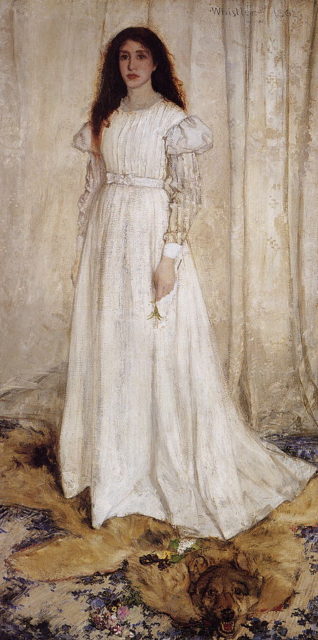
Joanna was not only physically beautiful, but she also managed to lure the artists with her intellect and intelligence. Although she provided Whistler with continual companionship, Hiffernan eventually started modeling for the French painter Gustave Courbet. The French painter was friends with Whistler, but she went on to have an affair with him too. Joanna Hiffernan is truly one of the women who had a big impact on two of history’s great artists.
Wallis Simpson
Wallis Simpson was an American socialite, born in 1896 and who had died in 1986. She was first married to a US naval officer, Win Spencer, but eventually the marriage ended in divorce.
Wallis then went for a second marriage, with a British shipping executive, Ernest Simpson. Allegedly, around the time of this second marriage, she also became involved with Edward, Prince of Wales.
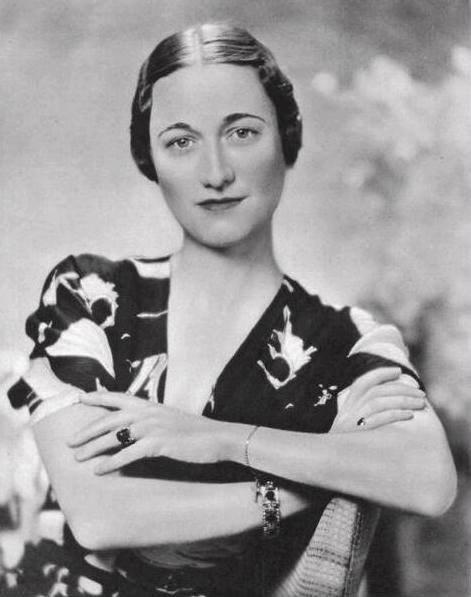
Just two years later, Wallis divorced her second husband in order to marry Edward who had by that time become the King of England. He proposed to marry Wallis in late 1936, which caused a huge scandal and crisis in the United Kingdom. The marriage was naturally opposed by the establishment. As a British monarch, King Edward VIII was also the nominal head of the Church of England; the church did not allow divorced people to marry again in a church in case their ex-spouses were still alive. And Wallis did not have just one ex-spouse, but two. Even so, Edward had declared that he loved Wallis and went on to marry her despite everybody being against the idea – his marriage to Simpson was simply perceived to be unsuitable politically and socially for an English king.
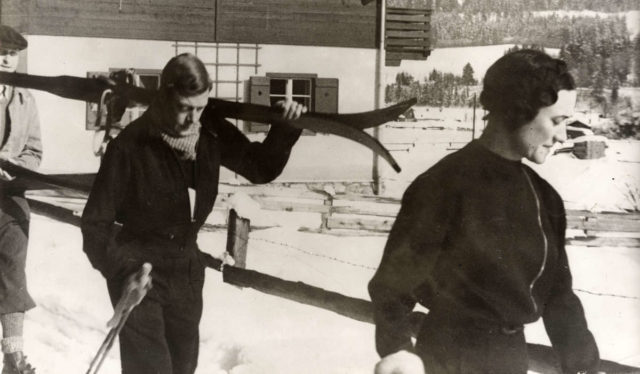
In order to marry her, Edward abdicated from the throne and was succeeded by his brother Albert, who took the regnal name of George VI. Edward picked the title of “His Royal Highness the Duke of Windsor” and Wallis became “Her Grace”, a title reserved for dukes and duchesses of non-royal prominence. The couple certainly enjoyed a status of celebrities for a while. They lived in the Bahamas from 1940 until 1945 where the Duke served as a governor. All along, they were both suspected as Nazi sympathizers and had even met Adolf Hitler in 1937.
Unlike her previous marriages, Wallis stayed married to Edward for 35 years until his death in 1972. After that, she lived in seclusion, rarely being seen in public. She remains a controversial figure in British history.
Marchesa Luisa Casati
An Italian heiress and muse, Marchesa Luisa Casati lived exactly the way she preached, or as her famous saying goes: “I want to be a living work of art.” Throughout her life, she never ceased to enchant the hearts of her European contemporaries.
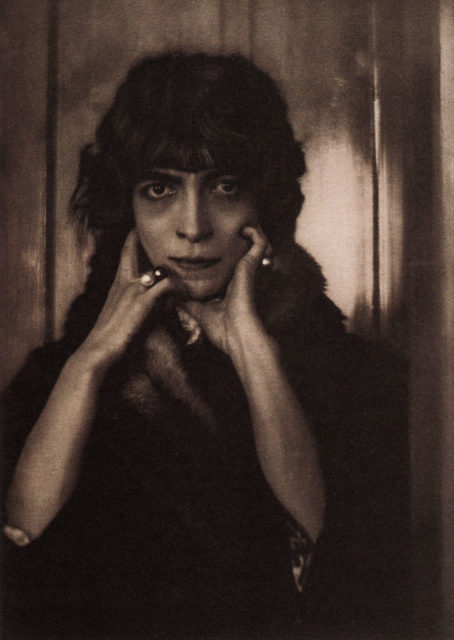
A femme fatale living in the first half of the 20th century, Marchesa was an astounding and extravagant woman who would parade around with a pair of leashed cheetahs, while wearing live snakes as her jewelry.
In one decade of her life she was the hostess of the nomadic ballet company Ballets Russes, and in another decade, she lived on the Italian island of Capri in a home that was tolerant to a large group of artists, gay men, and lesbians in exile. She also resided in Venice, where her soirées became epic and infamous. Her cheetahs and snakes were just part of the exotic vivarium of animals she possessed.
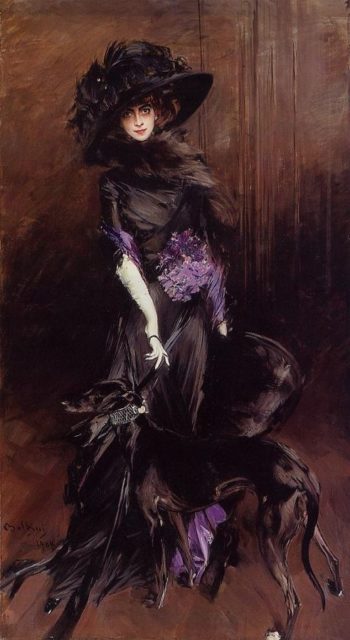
A plethora of artists painted portraits of Marchesa, including Giovanni Boldini, Paolo Troubetkoy and Romaine Brooks with whom she had an affair. She also became the muse to Italian Futurists, included the founder of the movement, F.T. Marinetti.
Cleopatra VII Philopator
Cleopatra is most likely one of the most famous rulers of the ancient Egypt, and among the most famous female rulers in the history of the world.
As the last active ruler of ancient Egypt, she was survived as a pharaoh, for a very short period of time, by her son Caesarion (the nickname meaning “Little Caesar”). Once her reign was through, Egypt became a province of the Roman Empire.
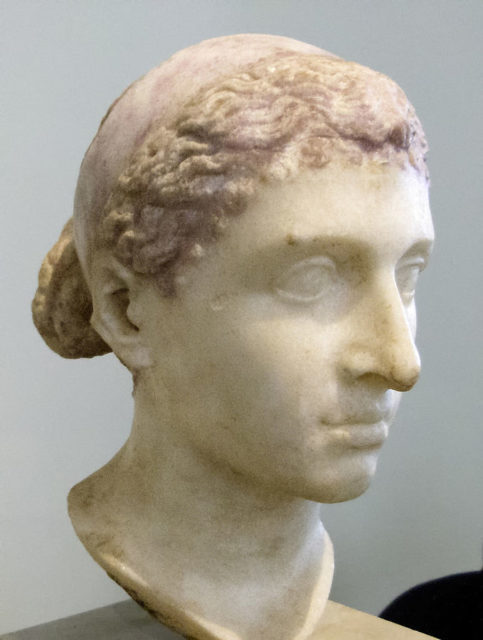
There were many wondrous things about Cleopatra, apart from making red nail polish iconic. She was dynamic in every possible way. Cleopatra was one of the rare members of her family who learned to speak Egyptian. Her family was of Greek origin and took over Egypt following the death of Alexander the Great. To fully embrace the role of an Egyptian pharaoh, she represented herself as a reincarnation of the important Egyptian goddess Isis.
One of the most famous episodes of her life would be when she secretly smuggled herself into the palace of Julius Caesar. Allegedly, she was eager to take advantage of him. There is a vivid depiction of this scene in Plutarch’s biographical work “Life of Julius Caesar“, according to which she managed to get past the guards of the palace by being rolled up in a carpet. The whole action was helped by her royal follower Apollodorus the Sicilian, who was carrying the carpet. Just nine months after this famous encounter in history, Cleopatra gave birth to Ptolemy Caesar in 47 BC.
Consequently, Caesar dismantled his plans to annex Egypt, and instead, supported Cleopatra as the ruler of Egypt. Once Caesar was assassinated in 44 BC, Cleopatra aligned with Mark Antony and opposed Caesar’s legal heir Augustus. With Antony, she gave birth to twins. Unfortunately, their ending was a tragic one, as depicted in numerous works of literature including Shakespeare’s Antony and Cleopatra. Antony committed suicide following a battle he lost to Augustus and Cleopatra followed suit and killed herself too. She will always remain one of the most memorable women of ancient history.
Isadora Duncan
Although born in California, Isadora Duncan spent most of her adulthood in Western Europe and the Soviet Union. Her life ended abruptly and much too soon, but she has remained one of the world’s most renowned and important dancers. This woman broke rules, subverted traditions, and reimagined dance as a form of sacred art.
Duncan brought a particular philosophy to dancing. She believed that the source of all movement came from the third chakra or the solar plexus. Movements like skipping or jumping, which were excluded from the codified ballet techniques, blended perfectly as part of her natural dance moves. Eventually, she became the creator of modern dance.
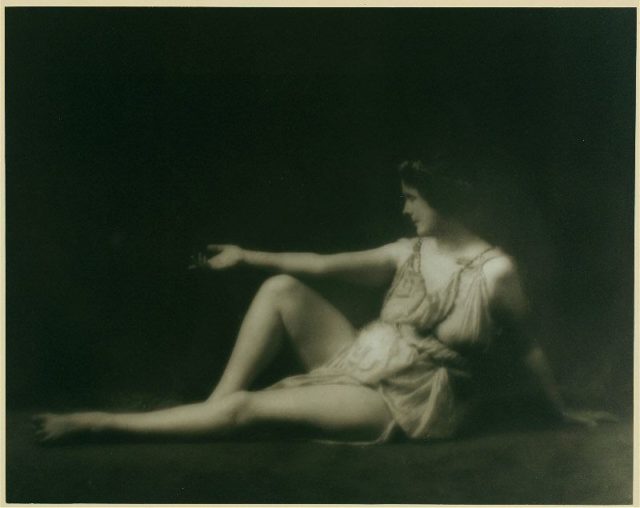
As much as she subverted the rules of dancing, she did very much the same when it came to social norms and traditions. Much of her private life was full of scandals and unfortunate events. Being bisexual, a communist supporter, and an atheist in the early 20th century was really pushing boundaries.
Her female lover was Mercedes de Acosta, an American poet, playwright, and novelist, and their relationship is documented in many letters they exchanged with each other. In one of them, she writes: “Mercedes, lead me with your little strong hands and I will follow you – to the top of a mountain. To the end of the world. Wherever you wish.”
Moreover, Duncan had two children out of wedlock but both of them tragically died, drowning in an incident on the river Seine.
Following the incident, Duncan had another baby who sadly also died shortly after birth. The exquisite dancer was also married to the acclaimed Russian poet, Sergei Yesenin. The poet was 18 years younger than her and they separated after a very brief period of time. Two years after their separation, Yesenin committed suicide.
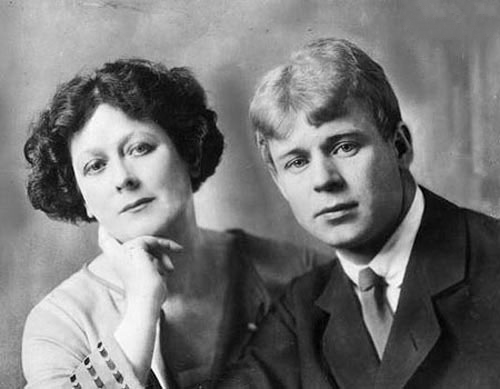
The end of her life did not come without scandal either. She died in a bizarre car accident on the night of September 14, 1927, in Nice. The New York Times would report: “Isadora Duncan, the American dancer, tonight met a tragic death at Nice on the Riviera. According to dispatches from Nice, Duncan was hurled in an extraordinary manner from an open automobile in which she was riding and instantly killed by the force of her fall to the stone pavement.” As a Soviet citizen at the time of her death, Duncan became the first Soviet citizen to have her will probated in the States.
Mary I, Queen of England
Probably the first thing to pop up in your mind when somebody says “Bloody Mary” is the lavish cocktail made with vodka, tomato juice and combinations of various spices. However, before the cocktail came to prominence, it was Mary I, Queen of England and Ireland who was the real “Bloody Mary”. She reigned the British Isles from 1553 until her death in 1558, and she will go down in history remembered for the persecution of over 280 religious dissenters.
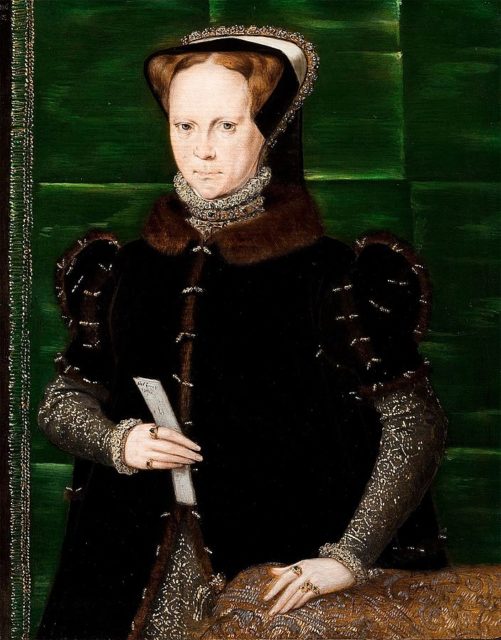
Mary was the only surviving child of Henry VIII by his first wife, Catherine of Aragon, who survived to adulthood, and her younger half-brother, Edward VI, was the first to succeed their father on the throne in 1547. When Edward became seriously ill in 1533 he did everything he could possibly do to push Mary out of the line of succession. The reason was their differences on religion. The king partially achieved his aim by stating that their first cousin, Lady Jane Grey, should be proclaimed as queen. However, Mary shamelessly gathered followers and managed to behead Jane. If we do not count this disputed reign of Jane, as well as the one of Empress Matilda, Mary I can be considered as the first queen who ruled England.
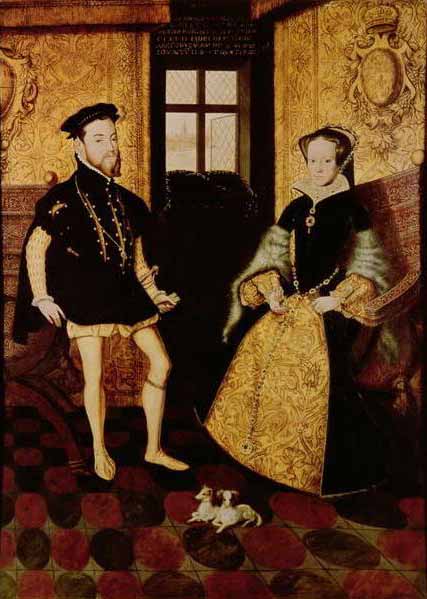
Throughout her five-year reign, Mary restored Roman Catholicism in England, following her half-brother’s short Protestant-orientated reign.
Mae West
She was one of the most iconic American figures of early-days Hollywood, and her career as an actress, singer, playwright, and comedian spanned over seven decades.
Aside from that, Mae West was a sex symbol of the era. Double entendres overwhelmed the scripts she produced, for which she was frequently censored.
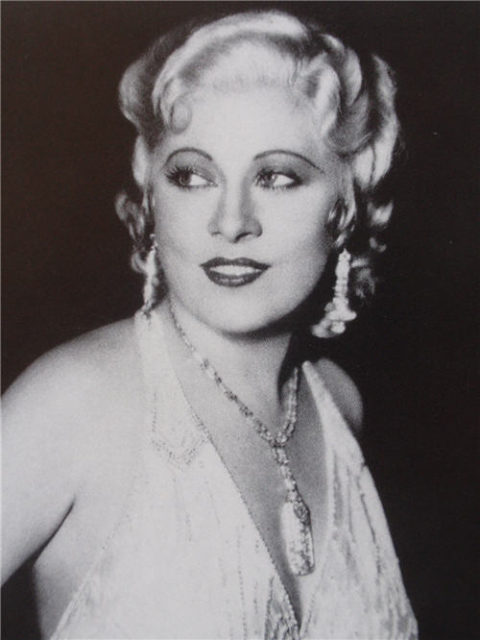
West became famous in New York even before coming to Hollywood. Her immense contribution to cinematography has placed her high on the list of great female stars of classic American cinema. In the catastrophe of the Depression-era, she subverted social norms, institutions, and systems, and she was widely praised by audiences across the States.
West was widely censored for what she wrote throughout her career, for which she would quip later on: “I believe in censorship. I made a fortune out of it.” On the other hand, she also suffered greatly because of it, ending up in jail at one point and constantly fighting for freedom of speech.
Lady Godiva
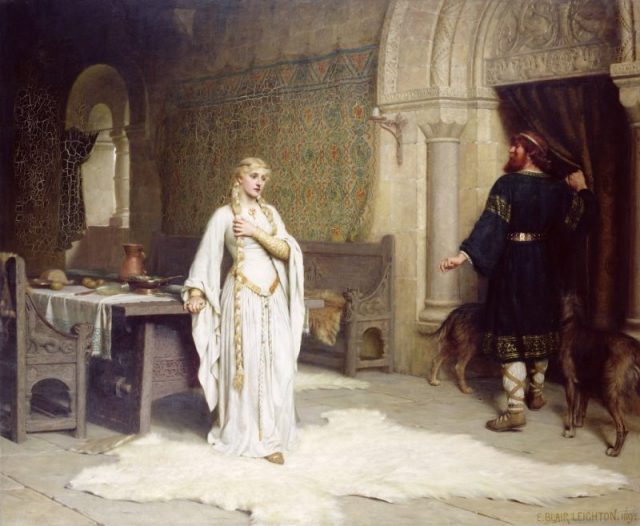
Last but not least, according to legend, Lady Godiva rode naked on a horse through the streets of Coventry, her body covered only by her long beautiful hair she wor. The legend of this fabulous nude ride first emerged during the 13th-century.
According to the common version of the story, Lady Godiva took pity on the citizens of Coventry who were gravely suffering from the high taxes charged by her husband. Despite appealing to him many times, he stubbornly refused to refrain from asking the tenants to pay so much. Tired of her requests, he finally agreed to meet her demand, but only under the condition that she strip naked and ride on a horse around the streets of the town. A proclamation was issued that everyone should stay indoors with their windows shut, and then Lady Godiva would ride naked through the town.
Historians continue to be quite confused by the various versions and sources that tell of the story of Godiva. Some of them also identify elements of pagan fertility rites in the narrative, perhaps rites that celebrate the renewal of spring. Regardless whether it is a legend or not, Lady Godiva’s naked horseback ride still counts as one of the most iconic events in history.
Read another story from us: Fatal fashion: 15 deadliest fashion and beauty trends in history
Moreover, according to the legend, there was one person named Tom, who did not follow the proclamation and saw Lady Godiva riding naked. Supposedly, he was struck blind for what he did but the event produced the name “Peeping Tom” for a voyeur. As such, the legend is seen as one of the most famous instances of voyeurism.
